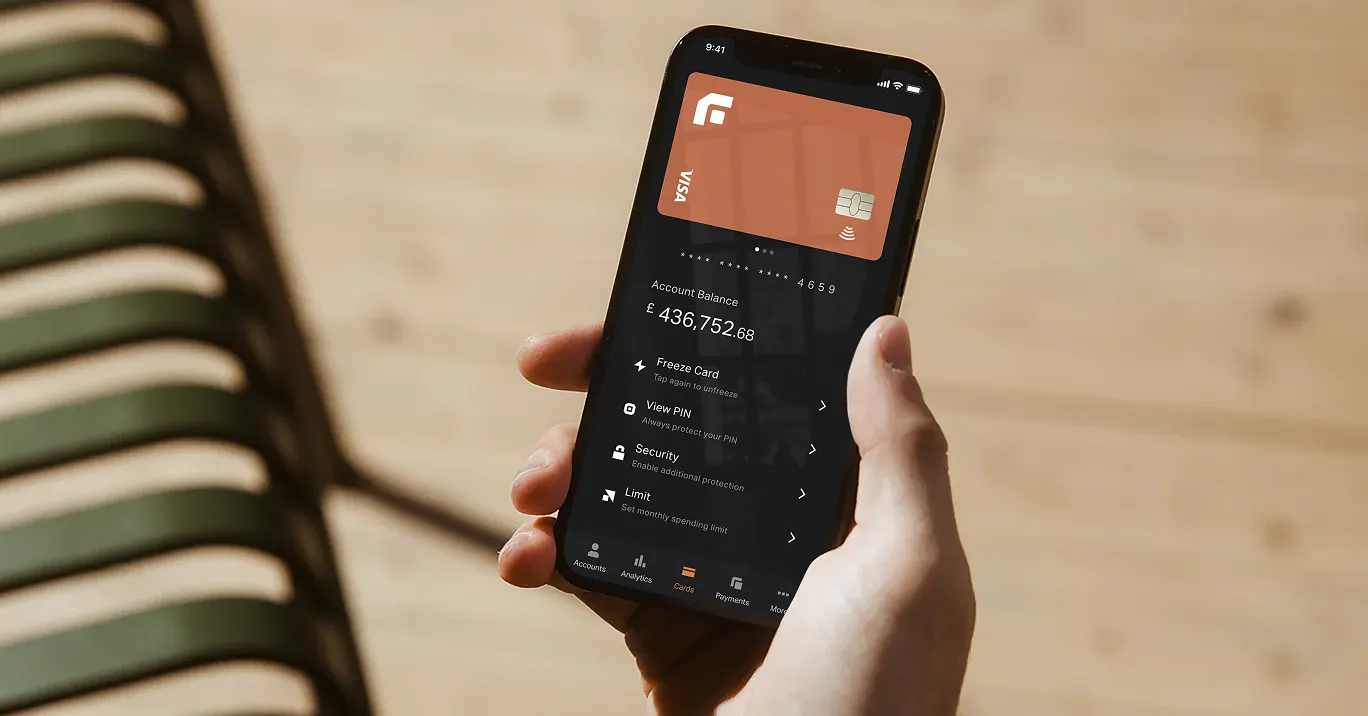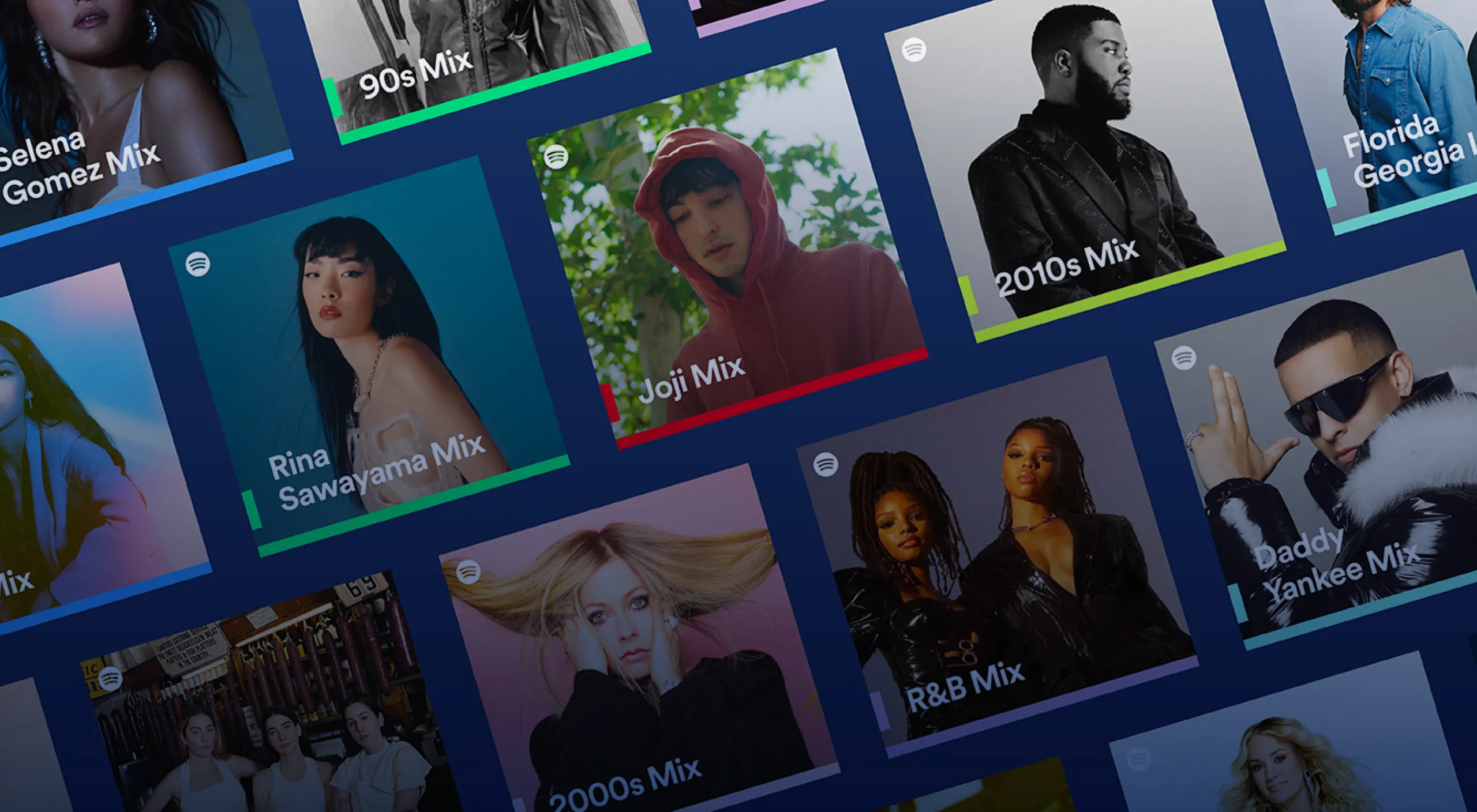
Overview
Spotify has a track record of pushing technology boundaries, using big data, artificial intelligence and machine learning to create innovative digital streaming experiences. While music fans are more familiar with Spotify’s beautifully designed front end and client apps, the platform also relies on complex back-end core infrastructure to power its platform.
Spotify’s core infrastructure team asked Elsewhen to undertake a 10-week research project into improving the experience for its engineers when working with the platform’s backend systems.
Qualitative research
User interviews & Insights database
Jobs To Be Done analysis
Process mapping
Persona creation
Stakeholder workshops
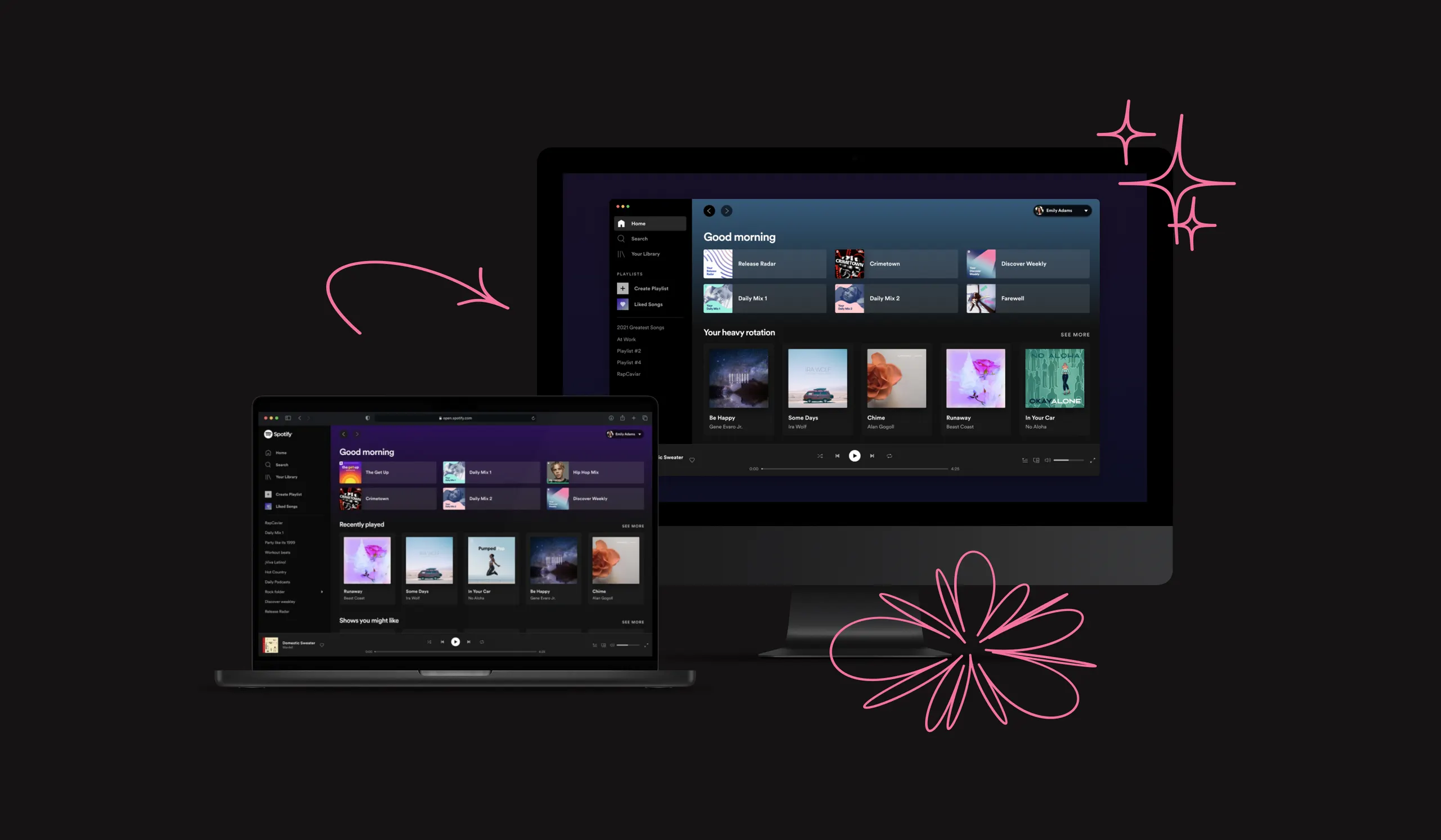
Understanding the demanding needs of internal customers
Spotify’s core infrastructure team is responsible for the overall back-end experience for its engineers as they build and scale features and services. With a fast-growing population of multi-disciplinary engineers, the team asked Elsewhen to conduct user-focused research, to help them better serve these internal customers.
While primarily creating tools for engineers, Spotify’s core infrastructure team felt they did not have a sufficiently deep understanding of the everyday needs of these engineers. This was potentially impacting the relevancy of the back-end tools to their users.
We focused our research on three key end-to-end user journeys – for system creation, augmentation and maintenance – as well as a range of ‘micro-journeys’, such as provisioning storage, databases, compute and networking.
With better recognition and understanding of engineers’ needs, challenges and pain points in these areas, the team wanted to acknowledge, prioritise and address the key issues.
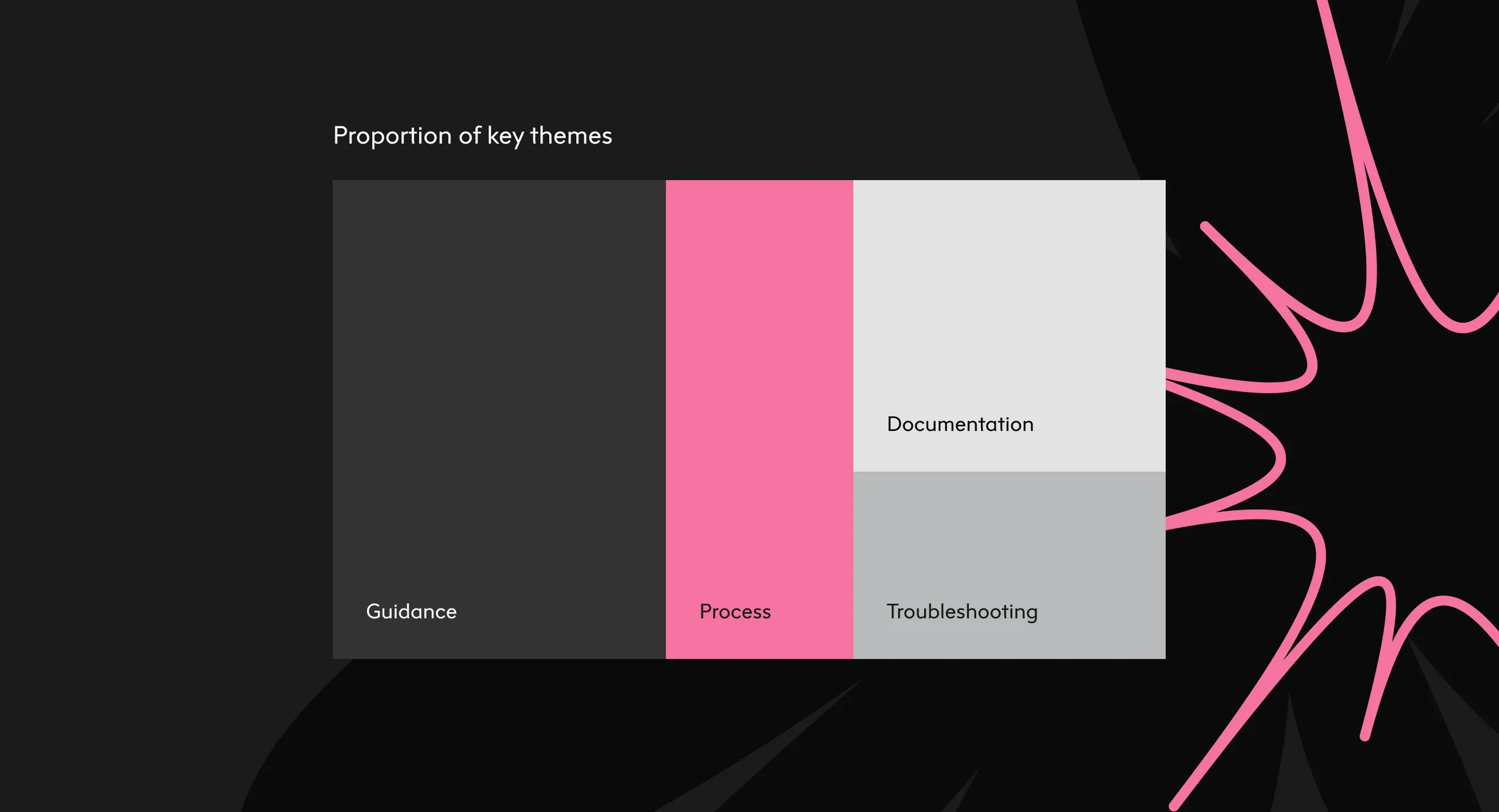
Helping users share their biggest pain points and challenges
To help Spotify improve the back-end experience, we ran the core infrastructure research in two main phases:
Phase 1: Discovery
Immersion
Planning
Interviews
Data collection
Phase 2: Synthesis
Thematic analysis
Prioritisation
Opportunities & OKRs
Our team began by immersing ourselves in the Spotify engineering environment to understand the context of the task. We then moved to planning our interview sampling strategy. We identified and prioritised categories of engineers to target in the research. We then conducted 30 user and stakeholder interviews. To maximise the value of each interview, we created interactive discussion boards in FigJam, focused on the top user pain points – and the biggest issue they would fix if given a magic wand.
We recorded the findings from these interviews into a Notion database, identifying a total of 99 individual user insights, each rated with a ‘pain index’ score. We then abstracted these to a higher level, clustering and synthesising them into 8 highest priority themes around data monitoring, migration and abstraction. Opportunities to address these issues were rated using the RICE (reach, impact confidence and effort) framework.
We mapped theme relationships, analysed Jobs To Be Done (JTBD), recorded engineer pain points, and created a detailed core persona of the internal customer. The project concluded with workshops to turn the themes and issues we found into opportunities and OKR (objectives and key results) targets, which Spotify’s team could then take forward.
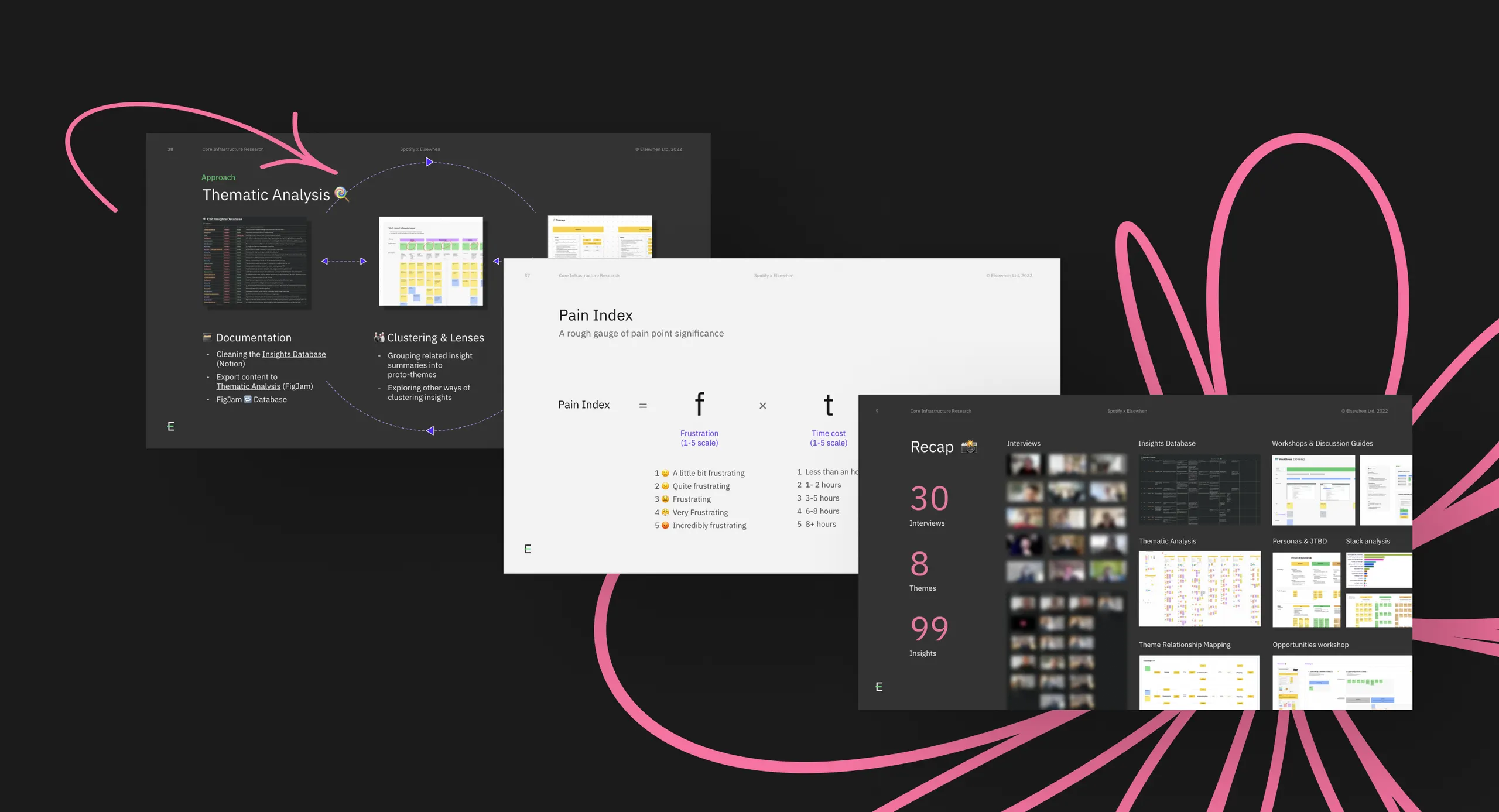
Supporting strategic improvement with actionable insights
We helped Spotify visualise the current state of play for their back-end experience, envisage a picture of a better future – and figure out how to get there.
We distilled all the interview data into real-world user stories that bring the issues to life – so Spotify could take action on their hypotheses, armed with solid evidence.
Our research findings helped Spotify’s core infrastructure team redefine its OKRs for the year ahead – and shape its planning sessions around the needs of internal customers. This enabled the Spotify team to define and justify their investment and focus areas over the next 6 and 12 months.
